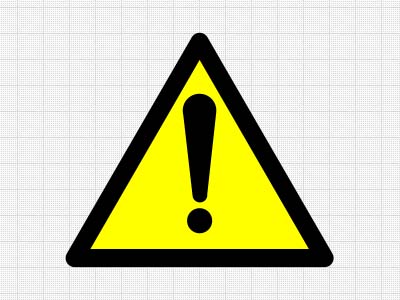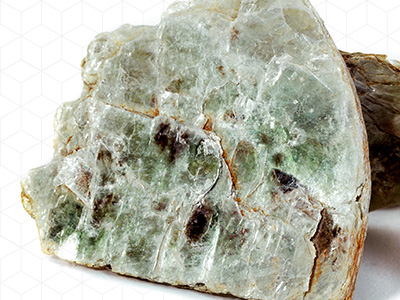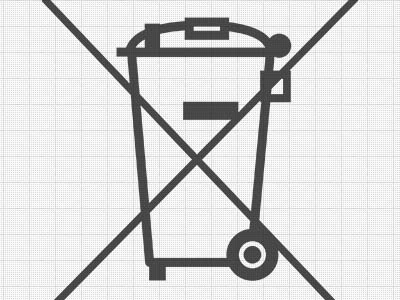TSCA is among the earliest and broadest legislation regulating the manufacture, sale, and use of chemicals in the United States. We explore its history and requirements in this article.Seguir leyendo
Autor: Poongodi Manickam
Maintaining Compliance with California Proposition 65
California Proposition 65 has continued to evolve since its initial adoption in 1986. This article explores how businesses can maintain compliance as the regulations change over time.Seguir leyendo
California Proposition 65: Keeping the Public Safe and Informed
California Proposition 65 requires the disclosure of a number of different chemicals when used in products or released into the local environment. In this article, we discuss how the legislation came about.Seguir leyendo
Mica Policy: How Electronics Manufacturers Maintain Compliance
The increased presence of mica in supply chains means companies must be aware of how it is sourced and ensure compliance with policy and guidelines. Seguir leyendo
Cobalt Policy: How Electronics Manufacturers Maintain Compliance
In addition to the original conflict minerals (tin, tantalum, tungsten, and gold), NGOs and the Human Rights Commission have also been concerned with cobalt mining in the Democratic Republic of Congo.Seguir leyendo
Maintaining Compliance with Conflict Minerals Policy
The Dodd-Frank act helped set the tone for conflict minerals policy around the world. In this article, we discuss how companies can comply with this and other global conflict minerals policy.Seguir leyendo
Conflict Minerals: Keeping Violence Out of the Electronics Supply Chain
As the electronics industry continues to mature, sustainable and responsible sourcing of conflict minerals is growing in priority.Seguir leyendo
Maintaining WEEE Compliance
Under the WEEE Directive, producers must take several steps to enable end users to properly dispose of e-waste. In this article, we discuss how EU producers can meet these requirements.Seguir leyendo
WEEE Directives: Managing E-Waste in the EU
The WEEE Directive is one of many ways in which the EU is addressing the growing problem of e-waste management. In this article, we discuss its history and developmentSeguir leyendo
Maintaining Compliance with the SCIP Database
Companies in the EU that manufacture, import, or distribute products containing SVHCs above a 0.1 mass percent (w/w) threshold are obligated to submit to the SCIP database. These companies are responsible for reporting the necessary information in a timely manner.Seguir leyendo







